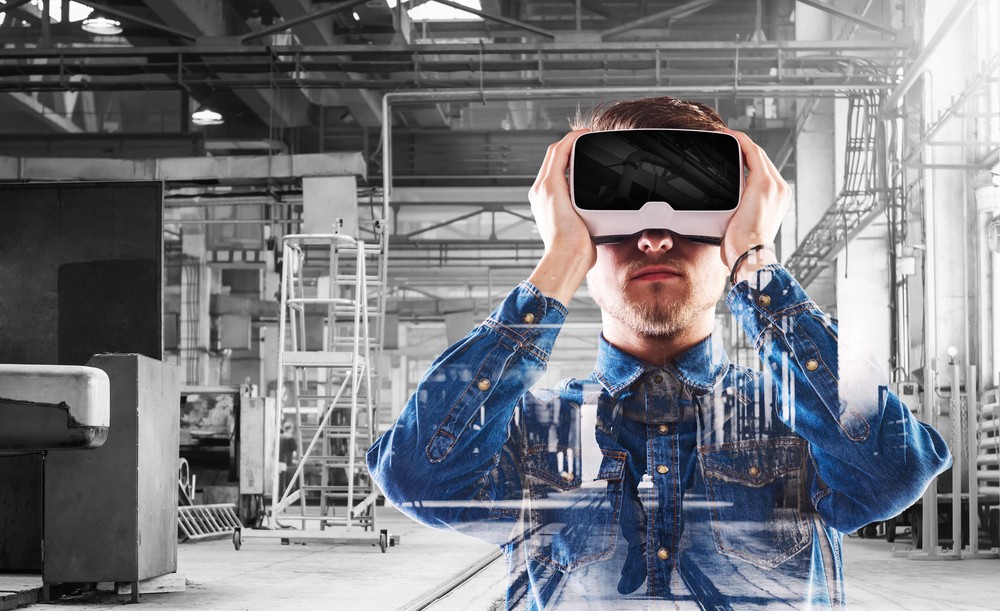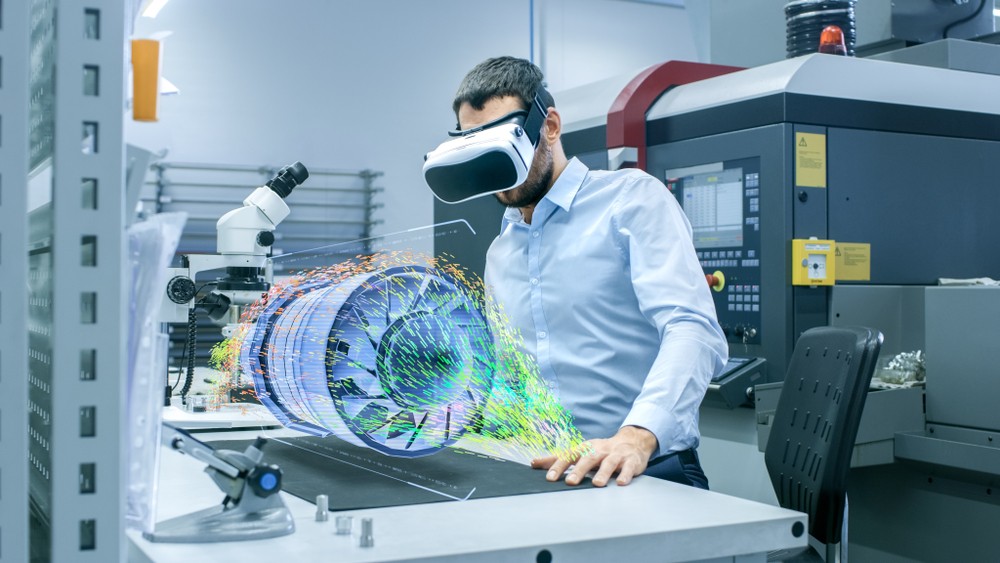VR Holds the Key to Upskilling Maintenance Technicians

Virtual reality (VR) is getting a lot of media attention these days as talk of the metaverse ramps up. But manufacturers are buzzing over VR’s immersive capabilities for a different reason: its potential as a training tool. VR headsets are becoming more commonplace as training tools for factory maintenance technicians, and the technologies that power this new mode of learning are getting better with each passing year.
VR is quickly becoming one of the simplest and best ways to not only train a new wave of manufacturing technicians, but to upskill even the most seasoned professionals.
VR as a new-age training technology
VR is revolutionizing the way manufacturers train their people. It’s immersive and exciting, offering a “hands-on” learning environment with virtually no associated risk. From learning the ins and outs of equipment to troubleshooting potentially high-risk components, VR is revolutionizing training in the manufacturing space.
VR training provides realistic, tangible experiences that let workers train as they would in the field. This not only allows them to practice skills in a safe, controlled environment, but also ensures no disruption of equipment or protracted repair times. From quickly onboarding new maintenance technicians to reducing the high costs of downtime, manufacturers are quickly realizing the benefits of an investment in VR training technology.

The practical benefits of virtual reality training
VR is a lot more than just a “cool” technology — it’s a practical one as well. By creating virtual environments for practicing new skills and using new equipment, VR experiences offer safety and skills training that can actually change behavior. This helps technicians form deeper, more meaningful connections with the subject matter that can translate to fewer on-the-job injuries and overall better day-to-day performance.
The biggest advantage to VR training is the sense of realism it creates. It gives maintenance technicians the opportunity to literally feel the gestures and movements required to perform maintenance tasks, alongside a visual representation of what that action begets. This creates floor-ready technicians who inherently understand what they’re doing and are familiar with processes beyond simply observing someone else.
As manufacturers struggle to find maintenance technicians with necessary skill sets, VR can help companies close the skills gap and train technicians quickly in an engaging, memorable way.

Putting maintenance techs in a position to learn
VR training is revolutionizing the manufacturing industry, but it comes with a cost. Before investing in VR training equipment, companies must assess their existing need and calculate the potential ROI presented by VR training. Does your current staff need upskilling? Are you seeking to expand your in-house maintenance team? Does the investment in new tech justify the opportunities it creates? The answer will differ for every manufacturer.
While large companies with a dedicated team of maintenance technicians can benefit from an investment in VR training technology, smaller companies — or those without an in-house maintenance staff — can benefit from partnering with trained maintenance professionals. Soon enough, it’s likely VR will become the standard for training no matter who employs the technician.
